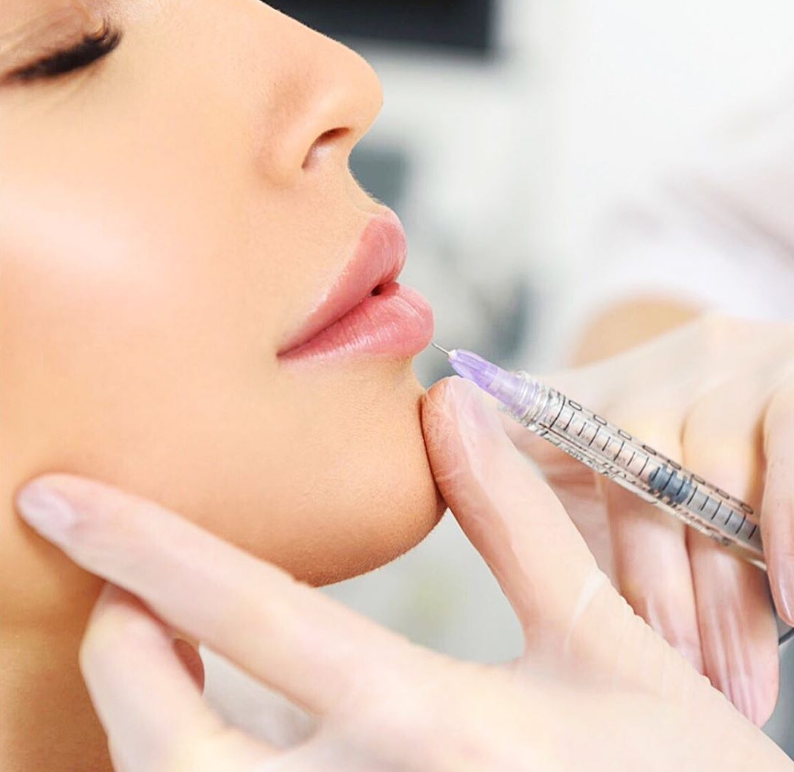BOTOX FOR SMOKERS' LIPS: A NON INVASIVE SOLUTION

Thanks to advancements in cosmetic procedures, a noninvasive solution has gained popularity in recent years – Botox for smokers’ lips. This treatment can help smooth out the lines and wrinkles around the mouth, rejuvenating the appearance without surgery.
Treatment is fast and painless. Patients feel slight discomfort. Results last 3-4 months and become visible in a few days. If you are looking to rejuvenate your lips and reduce the signs of smoking-related aging, Botox for smokers’ lips could be an excellent option.
According to statistics, the average cost of Botox for smokers’ lips ranges from $250 to $500 per session. The severity of wrinkles and desired results determine the number of sessions required, with some needing multiple sessions.
In terms of effectiveness, many individuals who have undergone Botox treatment for smokers’ lips report significant improvement in their lips’ appearance. The results are temporary, typically lasting around 3-4 months, but regular maintenance sessions can help maintain the desired look.
In conclusion, Botox for smokers’ lips offers a noninvasive and effective solution to a common aesthetic concern. By targeting the fine lines and wrinkles around the mouth caused by smoking, statistics on the effectiveness of Botox treatments for this issue and outlining the associated costs can help individuals make informed decisions about pursuing this option.
How do you get rid of a smoker’s lips?
Smoker’s lips refer to the wrinkled, dry, and discolored lips commonly seen in individuals who smoke cigarettes. This condition, also known as smoker lines or vertical lip lines, is caused by the repetitive puckering of the lips while smoking.
One advantage of using Botox as a remedy for smokers’ lips is that it can effectively reduce the appearance of these lines and wrinkles.
During the Botox treatment for smokers’ lips, a qualified medical professional injects small amounts of the toxin into the targeted areas around the lips. The method is relatively quick and typically takes a few minutes to complete. Most individuals report minimal disco fort during the injections, as the needles are OK.
After the treatment, the injection sites may have mild swelling, bruising, or redness. Botox treatments for smokers’ lips usually result within a week, and the effects may last several months. Consult an experienced medical professional to evaluate if Botox is suitable for treating smokers’ lines.
In conclusion, Botox can be an effective remedy for smokers’ lips. At the same time, the treatment may have temporary side effects. The therapy can revitalize and smooth your lips for long-lasting results.
How do you get rid of smokers’ breath?
Smokers’ breath is a common problem that many individuals who smoke face. A persistent unpleasant odor lingers on the patient’s breath, even after brushing and using mouthwash. While various remedies and products are available to mask the smell temporarily, a more effective and surprising source:
Botox, often known for its use in cosmetic procedures, is now being recognized as an effective treatment for reducing smokers’ breath; the basis of this treatment is that it can relieve those dealing with this embarrassing problem.
Smokers’ breath is a common issue among individuals who smoke tobacco products. Cigarette smoke contains numerous chemicals, such as nicotine and tar, which have a strong odor that can persist in the mouth even after brushing and rinsing. It can lead to chronic bad breath, known as halitosis, which can be exceptionally bothersome for smokers.
New research suggests that Botox injections can help alleviate smokers’ breath by targeting the underlying cause of the problem.
Botox is the muscle controlling the opening and closing of the upper esophageal sphincter (UES). The UES is a muscular ring at the junction between the esophagus and the throat and gastroesophageal reflux.
Studies have shown that smoking can weaken the UES muscle, leading to an increased risk of acid reflux and associated bad breath. By injecting B tox into the UES muscle, the muscle can be relaxed, allowing it to function more effectively in preventing the backflow of stomach acid and reducing the likelihood of smokers’ breath.
Patients who have undergone Botox treatment for smokers’ breath have reported significant improvements in their condition. Not only did they experience a decrease in bad breath, but many also reported a reduction in acid reflux symptoms.
In conclusion, Botox is emerging as a promising treatment for reducing smokers’ breath by targeting the underlying cause of the problem. By relaxing the muscles responsible for esophageal function, Botox injections can help alleviate bad breath and reduce the risk of acid reflux in smokers. However, seeking professional guidance before considering this treatment option is essential to ensure safety and effectiveness.